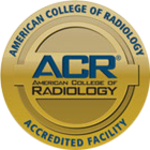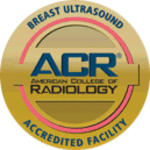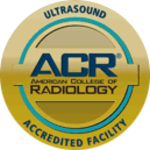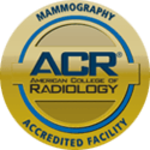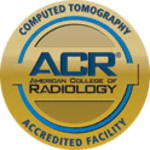CTA Angiography Cat Scan Quick Reference Guide for Physicians
Intravenous contrast is always used for CT exams. Many different areas can be evaluated with CTA:
- Brain
- Carotid Arteries
- Thoracic Aorta
- Abdominal Aorta
- Pulmonary Arteries (for pulmonary embolism)
- Renal Arteries
- Run-off (Aorta & Legs)

CTA Carotid Arteries, done at Guilford Radiology, 2010
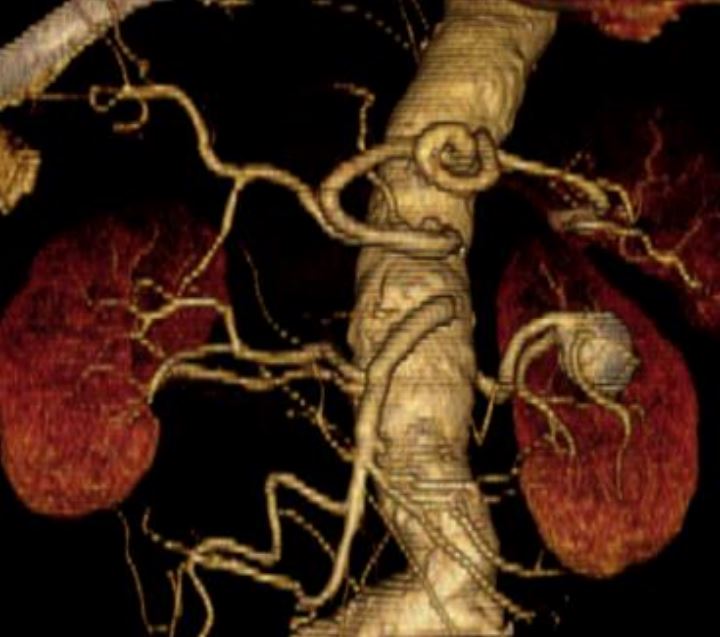
3D CTA Renal Artery Aneurysm, done at Guilford Radiology, 2010
Patient Preparation
Intravenous Contrast Exams:
Your patient will be instructed to not eat solid foods for 4 hours prior to the intravenous contrast injection.
A creatinine (within 6 months) is required if the patient is over 50 years of age or older.
Patients on metformin and other oral diabetic medication must not be taken for 48 hours after the CT. Your patient may need a blood test (creatinine level) to check renal functions prior to restarting the medication. The CT Technologist will contact the referring physician at the time of the examination to review follow-up instructions.
CPT Codes
- Brain 70496
- Carotid Arteries 70498
- Thoracic Aorta 71275
- Abdominal Aorta 74175
- Pulmonary Arteries (for pulmonary embolism) 71275
- Run-off (Aorta & Legs) 75365
Patient Weight Limit
Our CT Scan tables have a weight limit of 660 pounds.
Ready to Order a Test for your Patient?
General Information about CT Scanning
What is CT scanning?
CT scanning combines special x-ray equipment with sophisticated computers to produce multiple images of the inside of the body. These cross-sectional images are then examined on a computer monitor by a radiologist. They also can be printed or transferred to a CD. CT scans of internal organs, bones, soft tissue and blood vessels provide greater clarity and reveal more details than regular x-ray exams. Using specialized equipment and expertise to create and interpret CT scans of the body, radiologists can more easily diagnose problems such as cancers, cardiovascular disease, infectious disease, appendicitis, trauma and musculoskeletal disorders.
There has been considerable work done recently on radiation dose from CT scans. At our offices, our CT scanners adjust the radiation dose for each patient to use the lowest possible dose.
How does the procedure work?
In many ways CT scanning works very much like other x-ray examinations. Different body parts absorb the x-rays in varying degrees.
In a conventional x-ray exam, a small burst of radiation is aimed at and passes through the body, recording an image on photographic film or a special image recording plate. Bones appear white on the xray; soft tissue shows up in shades of gray and air appears black.
With CT scanning, numerous x-ray beams and a set of electronic x-ray detectors rotate around the patient, measuring the amount of radiation being absorbed throughout his/her body. At the same time, the examination table is moving through the scanner, so that the x-ray beam follows a spiral path. A special computer program processes this large volume of data to create two-dimensional cross-sectional images of the body, which are then displayed on a monitor. This technique is called helical or spiral CT.
The CT scanner at our office is a 80 slice multidetector scanner, allowing thinner slices to be obtained in a shorter period of time, resulting in more detail and additional view capabilities. Our scanner is so fast it can scan through large sections of the body in just a few seconds. Such speed is beneficial for all patients but especially children, the elderly and critically ill. For children, the CT scanner technique will be adjusted to reduce the radiation dose. For some CT exams, a contrast material is used to enhance visibility in the area of the body being studied.




